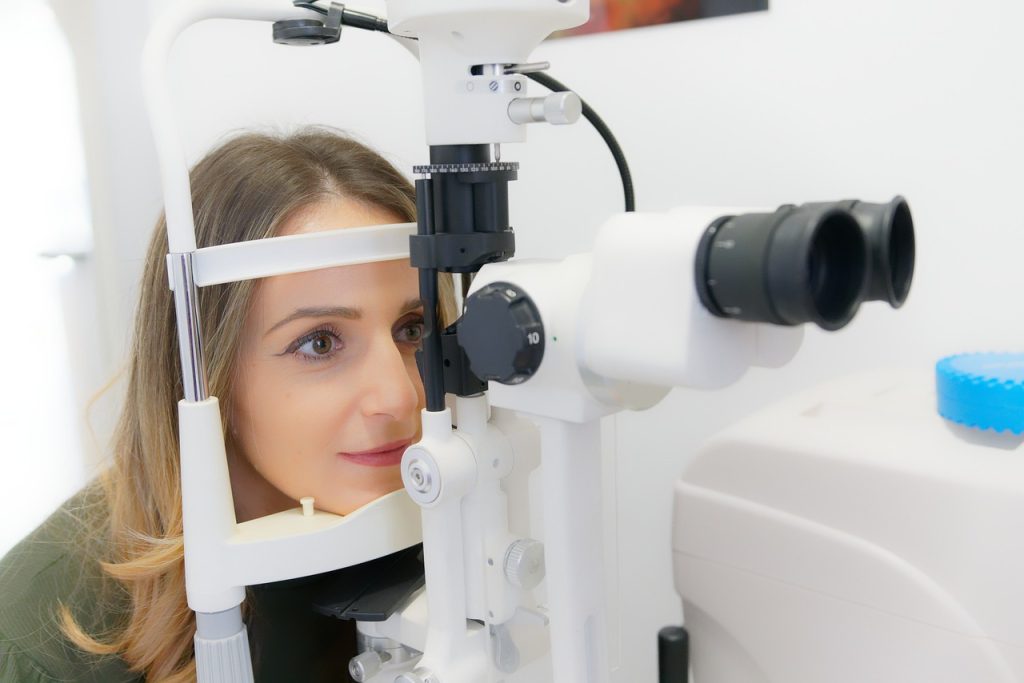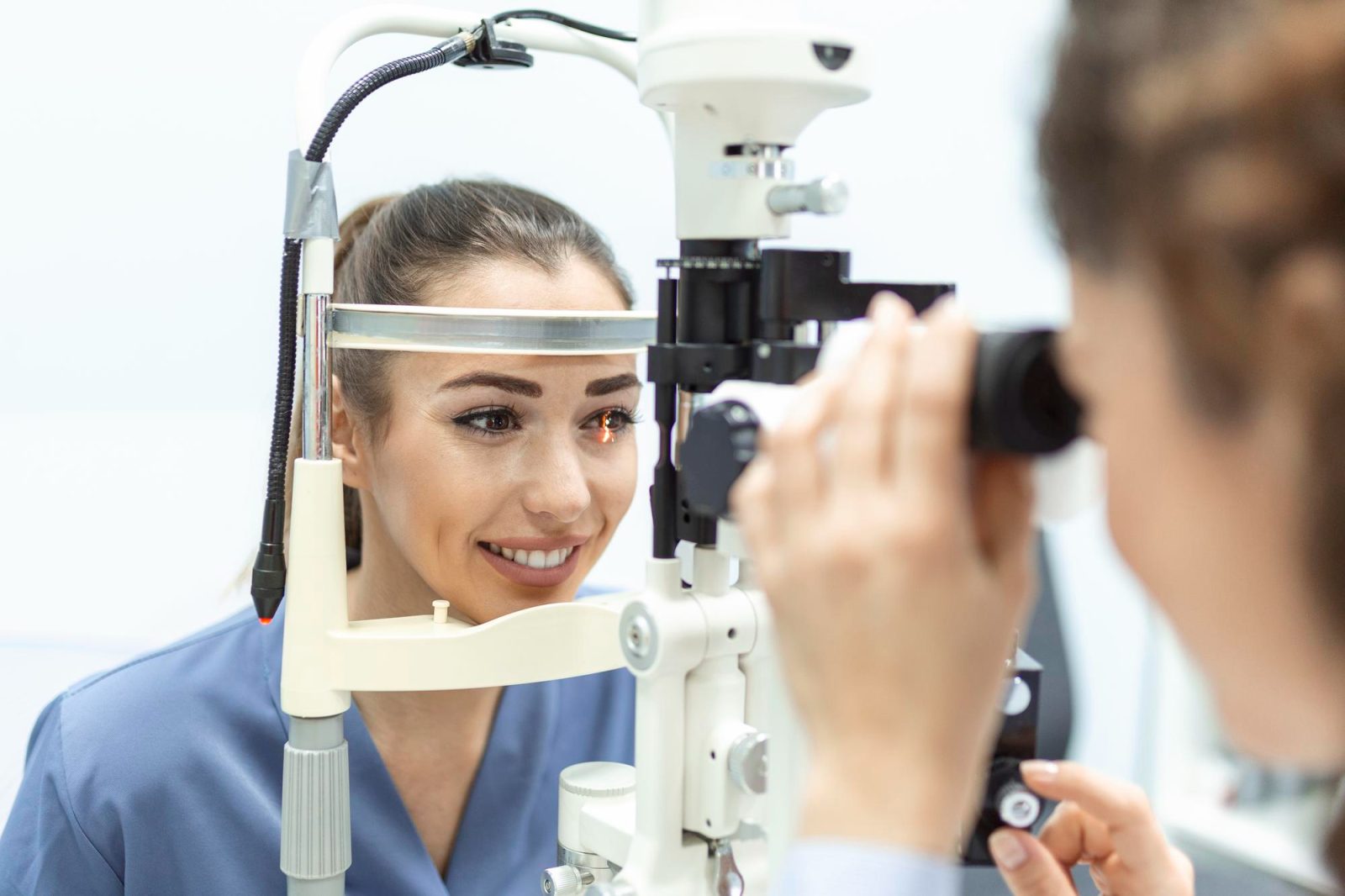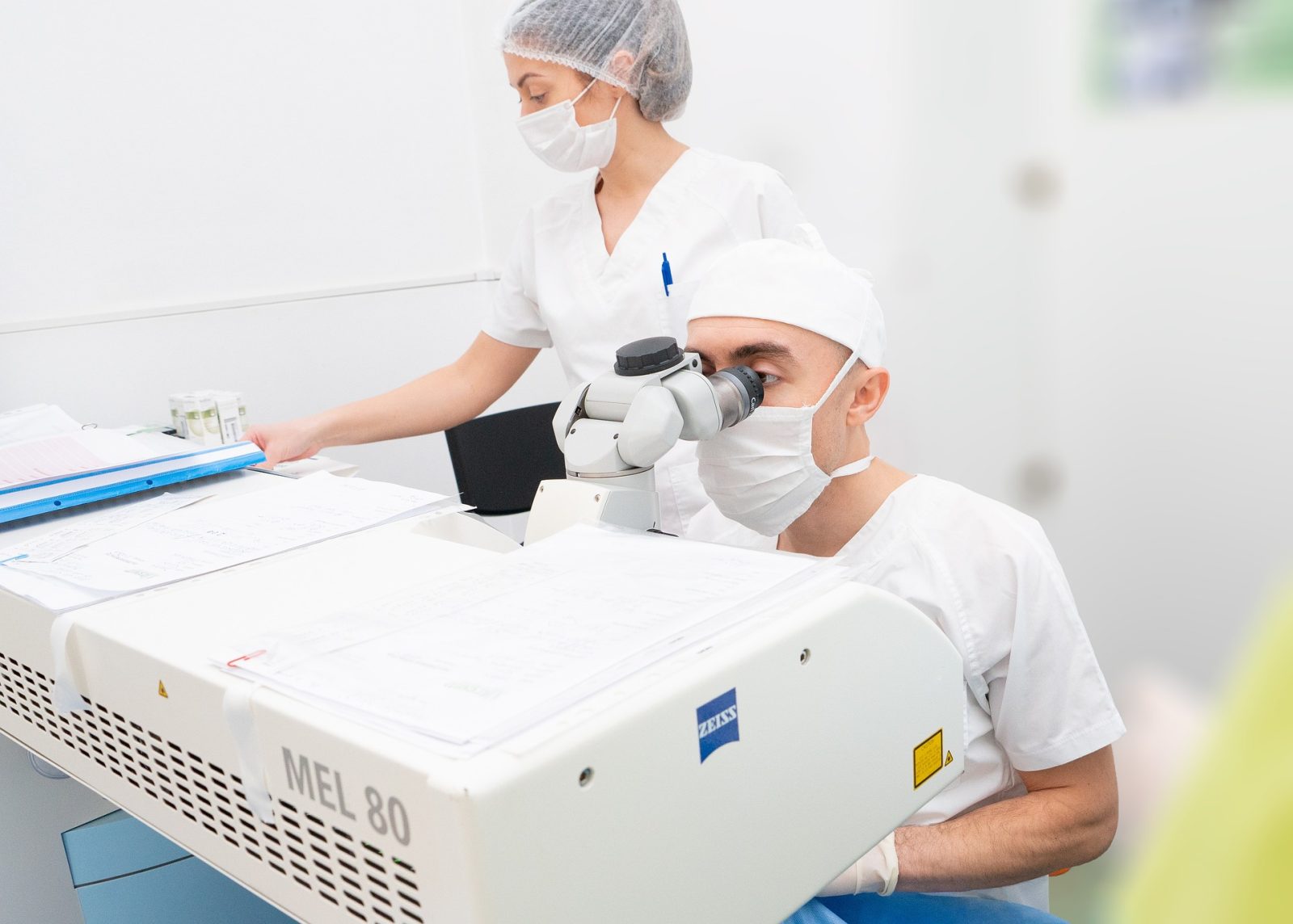Are You a Good Candidate for Topography-Guided LASIK Surgery?
Topography-guided LASIK surgery, also known as Contoura Vision, is an advanced form of custom LASIK treatment that is highly personalized to the unique characteristics of each patient’s eyes. This innovative laser vision correction technique can provide excellent visual outcomes for those considering LASIK eye surgery.
To determine if you are a suitable contender for topography-guided LASIK, a thorough pre-operative examination and consultation will be conducted by an expert LASIK surgeon. This procedure may be especially beneficial for patients with conditions such as nearsightedness (myopia), astigmatism, and irregularly shaped corneas.
By mapping the imperfections on the corneal surface and combining this data with the standard corrective measurements, the laser can sculpt an optimally smooth and precise optical zone for clearer vision post-surgery. Those who were previously unable to get LASIK may now qualify with this cutting-edge custom treatment.

Schedule Your Free LASIK Consultation.
We hope to see you soon and assist you on your journey toward better vision.
Schedule NowWhat is Contoura Vision Topography-Guided LASIK?
Approved by the FDA, Contoura Vision represents the latest advancement in topography-guided LASIK technology. Over 22,000 elevation points are mapped on the corneal topography to generate a personalized laser treatment plan. This level of customization results in exceptional visual acuity and quality for many patients.
The detailed topographical data provides the surgeon with the most comprehensive analysis of ocular aberrations unique to each eye. This enables them to perform truly customized laser vision correction catered to the specific needs of the patient.
No other commercially available LASIK treatment in the U.S. offers this degree of personalization and accuracy.
How Does Topography-Guided LASIK Correct Vision?
The advanced laser in topography-guided LASIK is programmed to smooth irregularities on the corneal surface with a high degree of precision. By removing imperfections that can distort incoming light, the quality of vision is significantly improved.
In addition to the standard LASIK treatment for nearsightedness, farsightedness and astigmatism, topography-guided LASIK also addresses higher order aberrations related to glare, halos, night vision issues, and quality of vision. This results in crisper, clearer sight more comparable to youthful eyesight.
What is the Contoura Vision Topography-Guided LASIK Experience Like?
The Contoura Vision treatment only takes around 15 minutes or less to perform. Though pain thresholds vary, most patients report little to no discomfort during the brief procedure. The exact length and components of surgery may differ slightly depending on the patient’s visual issues and treatment plan.
Recovery time also varies by individual. However, most Contoura Vision LASIK patients note immediate improvements in their vision following surgery. Protective eye shields will be provided post-op along with detailed instructions for care and medications from your surgeon. Follow-up appointments within 24-48 hours are standard to monitor the healing process.
While some inflammation, dryness, irritation or light sensitivity can be expected during the initial recovery period, this typically resolves within days following LASIK surgery. Most patients are able to resume regular activities the next day, though healing can take up to three months as vision continues to improve.

What Vision Results Can I Expect With Topography-Guided LASIK?
Clinical studies found over 90% of Contoura Vision patients achieved 20/20 vision or better. Some even attained better than 20/20 sight, with 65% reaching 20/16 visual acuity and 34% seeing an incredibly sharp 20/12 after LASIK surgery with this advanced laser technology. In addition to impressive measurable gains in visual clarity and sharpness, patients also experienced fewer adverse visual side effects like halos, glare sensitivity, and night vision difficulties. The end result is naturally crisp, clear quality of sight for all distances and lighting conditions.
Reference: Complete summary of FDA clinical trial available at FDA website Allegretto Wave Eye-Q Addendum Procedure ManualT-CAT Topography-Guided Treatments. http://www.accessdata.fda.gov/cdrh_docs/pdf2/P020050S012d.pdf

